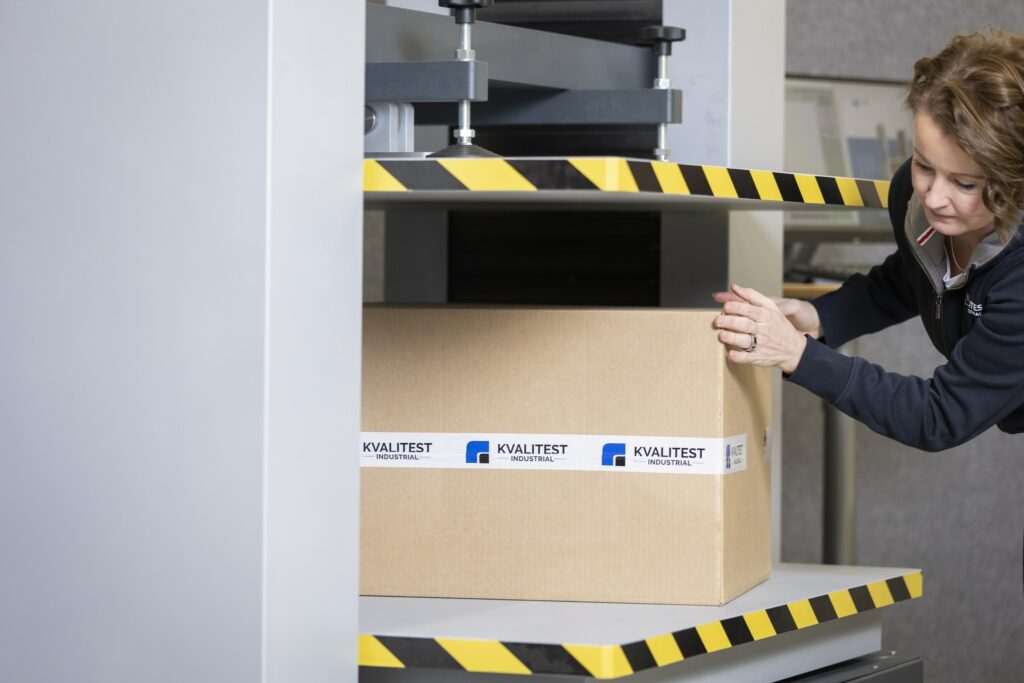
What are common compression hazards for packages in transport and logistics?
What are the potential and typical hazards of compression to packages in the transport and logistics chain?
Packages in the transport and logistics chain are exposed to various compression hazards that can potentially compromise the integrity of the packaging and the products inside. These hazards can result from different stages of handling, transportation, and storage. Some potential compression hazards include:
Stacking and overloading:
Stacking pressure: When packages are stacked on top of each other during storage or transportation, the weight of the upper packages exerts pressure on those at the bottom, potentially causing deformation or collapse.
Overloading: Placing excessive weight on a package beyond its designed load-bearing capacity can lead to compression failure.
Handling and conveyance:
Mechanical compression: Mishandling during loading, unloading, or conveying processes can subject packages to abrupt impacts or pressure, causing damage.
Conveyor systems: Packages passing through conveyor systems might experience compression due to the pressure exerted by rollers or moving parts.
Environmental factors:
Temperature and humidity: Extreme temperature or humidity fluctuations can weaken packaging materials, making them more susceptible to compression failure.
Stacking in confined spaces: Packages loaded into confined spaces in containers or warehouses might experience excessive pressure from surrounding packages.
Transportation modes:
Road transportation: Vibrations and shocks experienced during transportation on uneven roads or in vehicles with inadequate shock absorption can lead to compression hazards.
Air transportation: Changes in altitude and atmospheric pressure during air or sea transport can subject packages to pressure changes, potentially affecting their integrity.
Improper storage:
Inadequate support: Improper storage conditions where packages are stored on uneven surfaces or without adequate support can lead to uneven pressure distribution, causing damage.
Typical consequences:
Crushing or deformation: Packages can collapse or deform under excessive pressure, leading to damage to the packaged goods.
Product contamination or loss: Compression hazards can compromise the packaging’s ability to protect the contents, resulting in contamination or loss of products.
Reduced shelf life: Damaged packaging might affect the shelf life and quality of the enclosed products.
In a turbulent supply chain, tested packages stand strong
Conducting compression testing to ensure packaging to meet industry standards is the key to reduce damage and ensure protectiveness.
Enhance your packaging optimization and ensure compliance with ISTA and ASTM standards using our top-tier compression testers.
